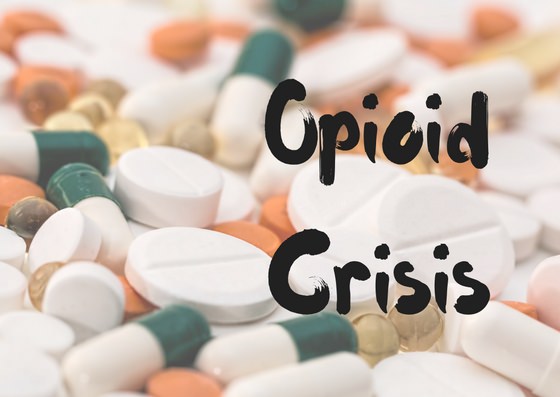The 411 on the Opioid Crisis
Every day the media makes us aware of the growing opioid abuse epidemic in the US, but do you really know how this is happening? Each day 80-100 people die from opioid overdoses. Let’s look more closely at opioids and their abuse.
An opioid is defined by the National Institute on Drug Abuse (NIDA) as a medication that relieves pain and is derived from opium naturally or synthetically. The medication works by inhibiting pain signals sent to our brains and changing the emotional response involved in that pain. Opioids are prescribed to treat extreme pain, but they are also used for severe diarrhea and coughs. Opioids that are commonly used include codeine, morphine, hydrocodone or vicodin, oxycodone or oxycontin, percocet and fentanyl.
When a person is recovering from an injury, recent surgery, or has severe chronic pain, opioids can help. As with any medication, these have unwanted side effects. Along with producing constipation and confusion with disorientation, they are addictive substances that can lead to dependence and can produce decreased respiration or even death. Close medical supervision is necessary when they are prescribed.
Physicians use opioids because they are successful in severe pain situations. The use of prescription opioids nearly quadrupled from 1999 to 2014. Doctors saw these meds as miracle drugs and, as with manufacturers, didn’t think about or stress the problem of addiction. Presently, NIDA surveys report that while illegal opioids are part of the problem, half of the lethal overdoses begin with opioid prescription misuse.
How do we misuse opioids? 1) Someone uses a friend’s or family member’s opioid without a doctor prescribing it. 2)Patients use an opioid in greater amounts, more frequently or longer than prescribed. 3) People save leftovers after use, just in case. 4) Opioids are used in ways not directed by a MD. 5) Opioids aren’t disposed of properly. Don’t flush them down a toilet!
Signs of overmedication which may lead to overdose: sleepiness or difficulty staying awake despite loud verbal stimulus or sternal rub; mental confusion or slurred speech; low or shallow breathing, pinpoint pupils, slow pulse or low blood pressure. Call 911!
Signs of Overdose: extremely pale clammy face, limp body, blue or purple fingernails or lips, vomiting or making gurgling breaths, cannot be awakened from sleep or cannot talk, breathing or pulse is reduced or stopped, pinpoint pupils. Call 911! Think about opioid use and read June’s note to learn about the use of Narcan or Naloxone to treat overdose.
Pat Woerheide, RN


